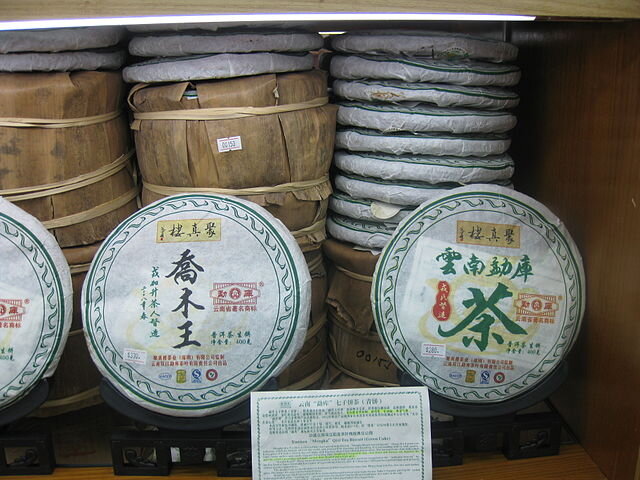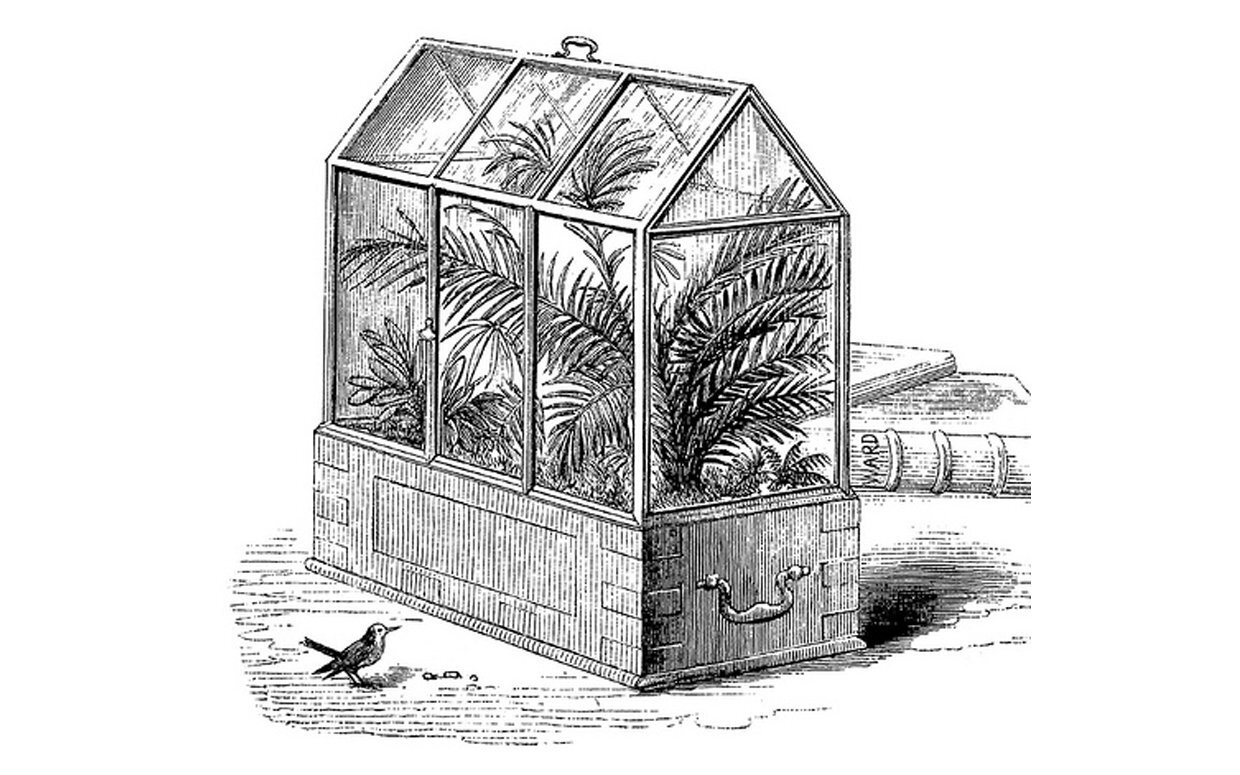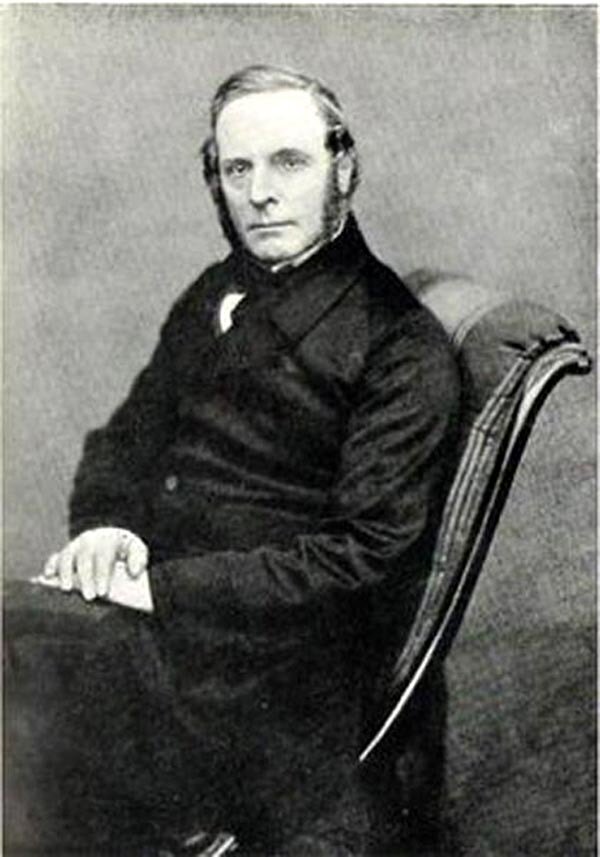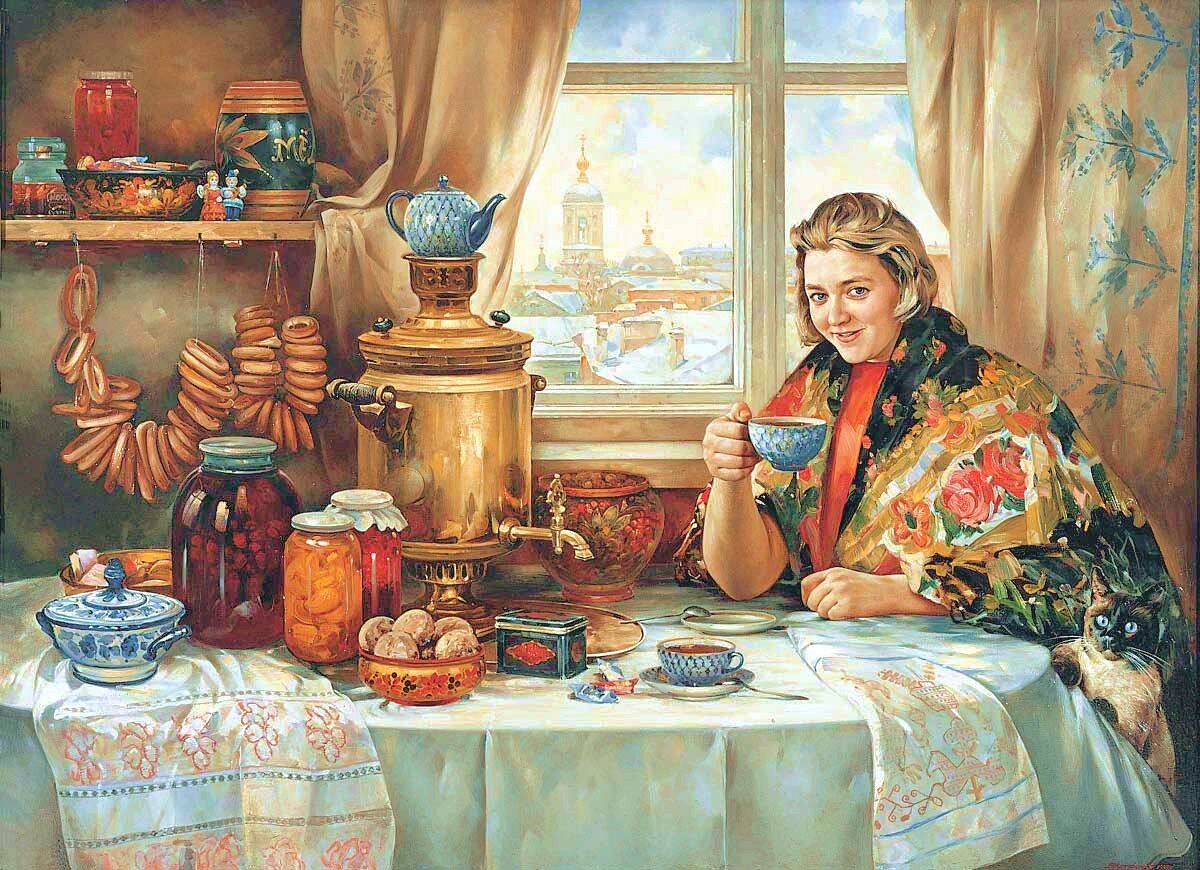Ep. 12 | Tea-mania Takes Europe by Storm
As tea did everywhere it was drunk, Europeans were no less enthusiastic than anyone else. It started off with the royals and aristocrats. But once prices came down and the haves and have-nots got to enjoy it, the demand will become insatiable. The Russian tea caravans are also explored.
Though their tea culture was different from the ways of the Europeans, Russian people loved their tea no less. During the Qing Dynasty tea just kept getting better. We look at the tea-loving Qianlong Emperor and his contributions to tea culture. We close the episode with the story of John Dodd and Li Chunsheng, the fathers of Taiwan's tea industry
Listen On Your Favorite Podcast Player
Terms in Episode
| Pinyin/Term | Chinese | English/Meaning |
|---|---|---|
| Wǔyí | 武夷山 | Picturesque mountains in northern Fujian famous for all their Buddhist temples and teas, especially Oolongs. The term "Bohea" comes from a pronunciation of Wuyi in the local dialect. Bohea was any old kind of black tea and became like the "Kleenex" of black teas from China. Congou was a little more upscale. Hyson remained the green tea. |
| Fújiàn | 福建 | Coastal province in south China |
| Qímén | 祁門 | County in southeast Anhui Province, famous for their tea and for being the headquarters of Zeng Guofan's Xiang Army |
| Guǎngzhōu | 广州 | Guangzhou city, capital of Guangdong, Sister City to Los Angeles, also known as Canton |
| Chámǎ Gǔdào | 茶马古道 | The Ancient Tea Horse Road that transported tea to the borders of western China in exchange for horses |
| Zhāngjiākǒu | 张家口 | Formerly known as Kalgan, a city on the outskirts of Beijing |
| Hankou | 汉口 | The "Han" in Wuhan. One of the cities that makes up this megalopolis in Hubei Province |
| Lao Shan | 崂山 | Mountain located near Qingdao, Shandong Province |
| Kāngxī | 康熙 | Qing Dynasty ruler who reigned 1661-1722 |
| Qiánlóng | 乾隆 | Grandson of Kangzi, Qing Dynasty ruler who reigned 1735-1796 |
| Chónghuá Palace | 重华宫 | Palace built in 1727 by Yongzheng Emperor for his son, the Qianlong Emperor |
| Oolong | 乌龙 | A category of tea sometimes referred to as semi-fermented tea |
| Pu-erh | 普洱 | Fermented tea produced in Yunnan Province, also a category of tea |
| Qing | 清朝 | The Qing Dynasty 1644-1911 |
| Lóngjǐng | 龙井 | Tea that comes from Longjing Village outside of Hangzhou |
| Húgóng Temple | 胡公庙 | Temple located on Mt. Shīfēng 獅峰山 where the Qianlong Emperor visited and planted eighteen tea trees that went on to produce Longjing Tea |
| Huīzōng | 徽宗 | Second to the last Song Emperor of the Northern Song. Also quite the tea expert it's said |
| Southern Song | 南宋 | The Southern Song that survived the Kaifeng-based Northern Song. It lasted from 1127-1279 |
| Yangzi | 扬子江 | The Yangtze River, longest in China |
| Hangzhou | 杭州 | Capital of Zhejiang Province. A city of superlatives. |
| Ming | 明朝 | The Ming Dynasty 1368-1644 |
| Jǐngdézhēn | 景德镇 | Town (now a city) in Jiangxi province famous for the kilns and porcelain making legacy |
| Gàiwǎn | 盖碗 | A lidded bowl used for drinking tea |
| Xiamen | 厦门 | The city of Xiamen in southern Fujian |
| Lǐ Chūnshēng | 李春生 | 1838-1924, Xiamen-born Father of Taiwan's Tea Industry |
| Dòngdǐng | 凍頂 | Tea that came from around the mountains of Lùgǔ Township 鹿谷鄉, Nántóu County 南投縣 in Taiwan |

















The tea trade transforms into an entire industry and becomes the most important traded commodity of the British East India Company